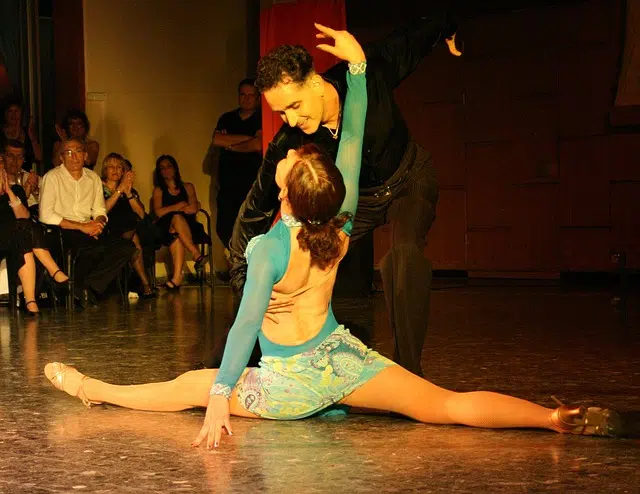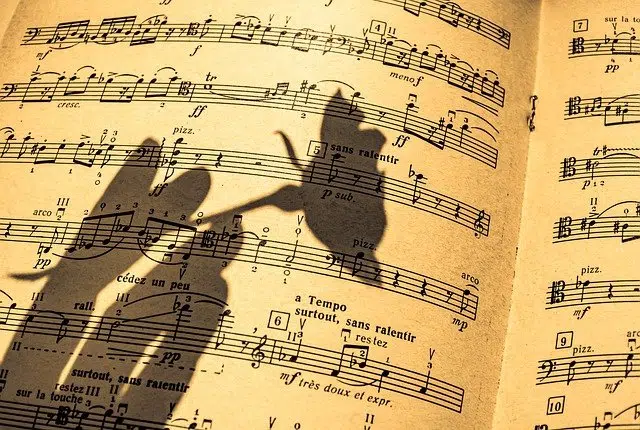
Controlled movement that is generated from a certain order of different elements can be called rhythm.
From the Latin rhythmus , rhythm is a rhythmic order in the succession of things . It is a controlled or calculated movement that is produced by the arrangement of different elements.
Rhythm can be defined as the harmonious combination of sounds, voices or words, which include the pauses, silences and cuts necessary to make it pleasant to the senses.
Rhythm in art
The arts , therefore, have one of their main characteristics in rhythm. Literature (both narrative and poetry) has its rhythm in the choice of words and the balance of sentences. For example: a succession of words with long syllables and long sentences makes the work have a slow pace.
In the case of music , rhythm is the proportion between the time of one movement and that of a different one. The organization of the measures, the pulses and the accents determine the way in which the listener perceives the rhythm and, therefore, the structure of the work.
Concepts linked to rhythm in music
* The pulse : this is the minimum unit of measurement of time, a series of pulses that constantly occur to divide time into equal portions. The pulse can be regular or irregular and its speed can be altered within the same work, whether the composer himself indicates it or the performers decide. It is worth mentioning that it is essential to perceive the pulse of a work to delve into its study; Generally, music theory students use small taps with a pencil or the index finger on a table to represent and analyze it.

Rhythm is very important in music.
* The accent : occurs when a particular pulse is assigned a greater intensity than the rest. It is very important to articulate a musical phrase, both during the study process and when performing it in public, since it allows the bars to be organized in a metrical way and brings the performers closer to the composer's intention, to the drawing he intended to show. through his works;
* The beat : it is the portion of a musical piece in which the points just exposed, pulses and accents coexist, the minimum expression of its rhythm . The succession of pulses, with their respective accents, present in a measure, is repeated throughout the entire work , unless the composer indicates otherwise. This does not mean, of course, that the melody does not vary; The beat is the rhythmic skeleton on which it rests. There are different ways to classify the measures; According to the number of times that make them up, for example, we can talk about binaries, ternaries and quaternaries . Each time signature has a downbeat , which represents the portion that should be accented: in the case of a 2/4 time signature, the first is strong and the second is weak; for 3/4 (generally associated with the Waltz), the beats are strong weak weak. Knowing and respecting these concepts is necessary for the study of very complex pieces, since it facilitates practice in parts and varying the speed to overcome the challenges one by one.
Rhythm in nature and in colloquial language
Rhythm can also be detected in natural processes , such as the periodic succession of geophysical phenomena . Ocean tides and lunar months are events linked to rhythmic processes.
In everyday language, rhythm is associated with the speed at which one lives: "My vacation had a frenetic pace: I visited five countries and I did not spend more than two days in any city," "I like to go to the countryside to visit my friends." grandparents, because they live at a much calmer pace and I can rest .
